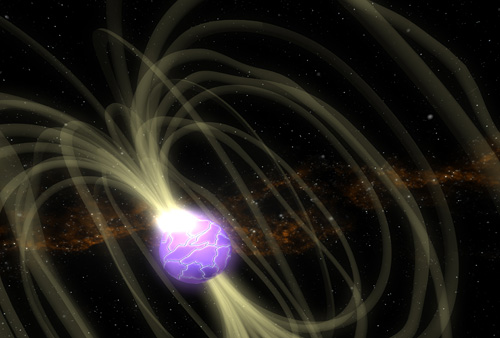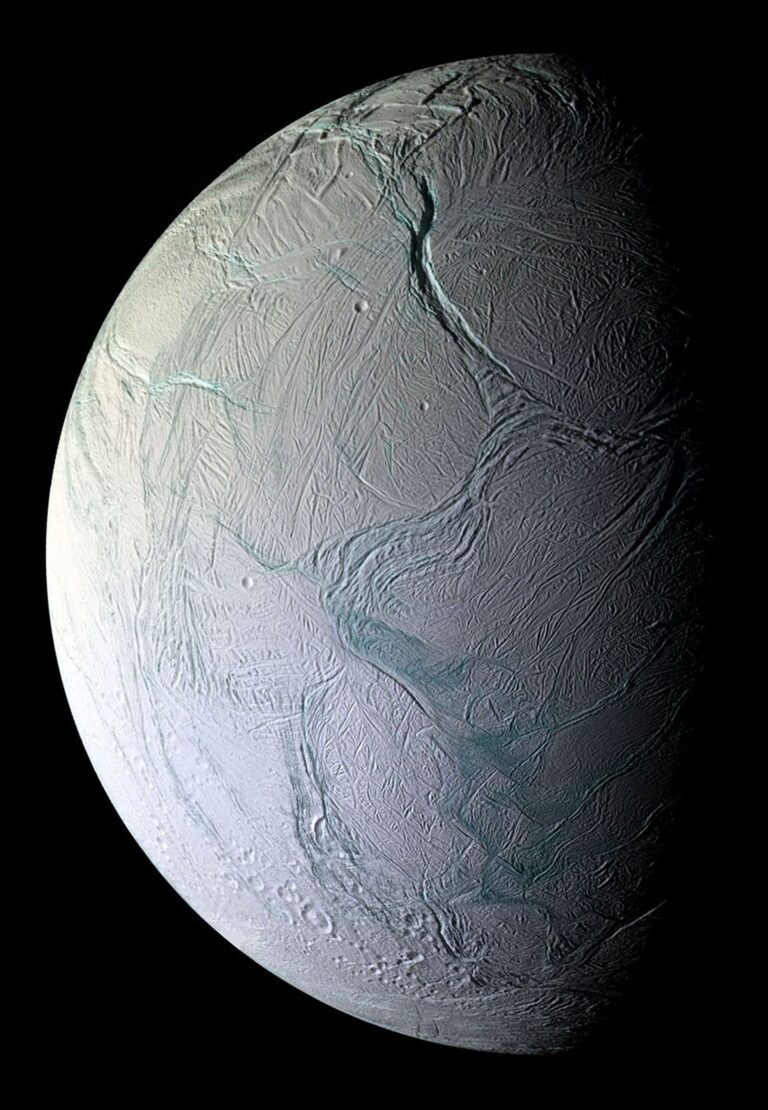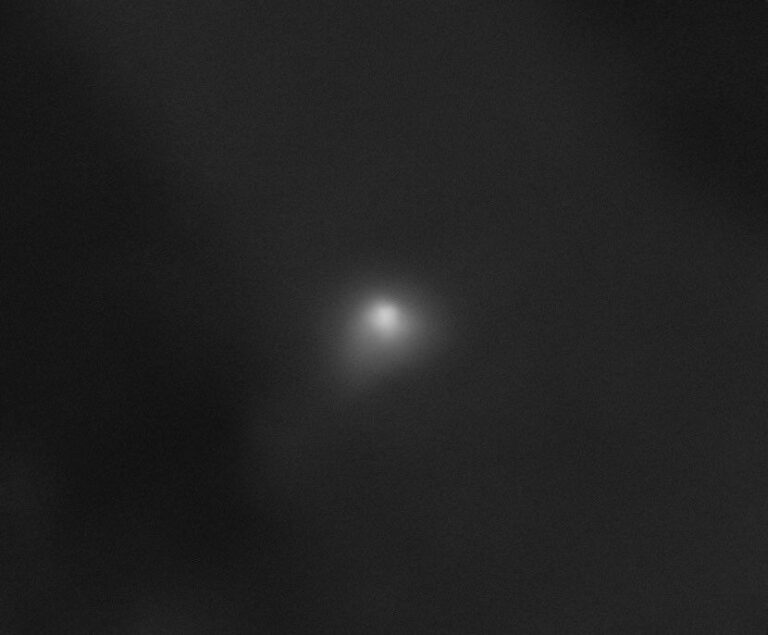Key Takeaways:
- Giant magnetar flares are characterized by their extreme brightness and energy release, emitting radiation comparable to the Sun's output over hundreds of millennia.
- The formidable energy driving these flares is attributed to magnetars' magnetic fields, which are trillions of times more intense than Earth's surface magnetic field, thus defining their designation.
- The exact physical mechanism underlying magnetar flares is not definitively understood by theorists.
- A prominent theoretical model posits that a "star quake" on a neutron star's surface disturbs its powerful magnetic fields, causing field lines to merge and release colossal amounts of energy, a process akin to, but far more energetic than, solar flares.
Yes. A giant magnetar flare is incredibly bright and emits as much radiation energy as the Sun does in hundreds of thousands of years.
How is it done? Even theorists aren’t sure. What scientists do know is that the energy comes from these stars’ intense magnetic fields, which are trillions of times stronger than the magnetic field on Earth’s surface — hence, astronomers call these objects “magnetars.”
One model predicts a surface disturbance, or star quake, on a neutron star shakes its intense magnetic fields. The shaking causes the magnetic-field lines to merge and release huge amounts of energy in the process. This process is similar to what happens during a flare on the Sun, but much more energetic. — Neil Gehrels, NASA Goddard Space Flight Center, Greenbelt, Maryland










